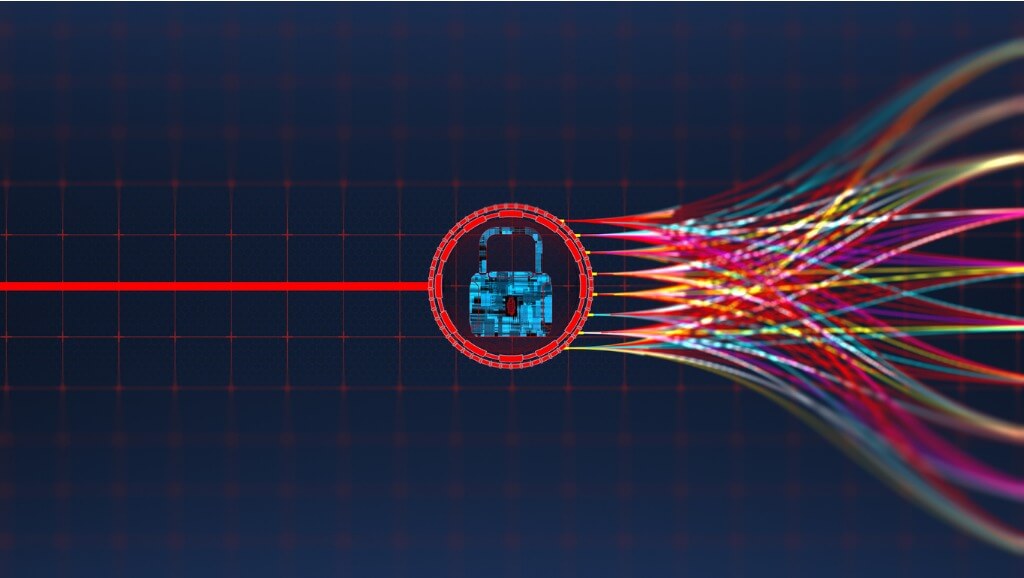
Cyberattacks happen more frequently than you think. There's probably one happening as you're reading this. And your network may not be as secure as much as you'd like to think.
Online threats are constantly evolving, and cybercriminals have become more advanced than ever. Thus, a proactive approach is imperative for organizations battling malware, spyware, and viruses. One of the cornerstones of this response is a comprehensive security assessment.
You can't build robust cyber defenses if you don't know your organization's risks and threats. If you're wondering how to conduct a comprehensive security assessment, you've come to the right place.
Steps Involved In Security Assessment
Most businesses, even those with an in-house information technology (IT) team, often hire specialists from third-party IT firms to help them out with this undertaking. If you're in California, for instance, go visit https://www.cloudsecuretech.com/1/managed-it/sacramento/ to learn more about security assessment.
There might be a few ways to perform a comprehensive security assessment. The National Institute of Standards and Technology (NIST)—the federal agency tasked to promote innovation and industrial competitiveness—has the following guidelines:
- Identifying System Functions
The first step in a risk assessment procedure involves getting an inventory of its leading IT assets and structure. The assessors aim to understand how your business processes data and where it's stored.
- Determining Threats
As the evaluators have studied all the data communication and information pathways, they're also coming up with potential reasons where threats and risks may access your system either deliberately or inadvertently. A threat is defined as any event that could cause harm to people or assets. Hardware failure and malicious attacks are significant threats. So are power outages and natural occurrences such as fire and flooding.
- Recognizing Vulnerabilities
Apart from risk identification, the assessment must discover weaknesses that hackers can use to launch an attack. A vulnerability is any weakness that could allow a threat to inflict damage. These include all the components in the system such as hardware, software, and user. Vulnerability testing can and must be done for various applications and critical parts of the entire IT infrastructure.
- Analyzing Control Systems
This activity refers to identifying the policies and tools in place to prevent online attacks and threats. As such, the organization's physical and software control will be studied, including firewalls, authentication tools, access controls, alarms, and fire systems. Controls may also cover intrusion detection systems.
- Finding Out The Likelihood Of Risks
After identifying threats, vulnerabilities, and mitigating tools in place, the next step is to ascertain the probabilities of cyberattacks and other disruptive incidents. In completing this task, most evaluators consider each type of vulnerability, the capabilities of the source of threats, and the effectiveness of the controls in place. The likelihood of each risk is ranked according to low, medium, and high levels.
- Analyzing The Impact Of Damages
Finding out the potential damages that a particular risk or vulnerability can inflict on the organization is another crucial procedure in a comprehensive security assessment. Doing this requires assessing various aspects such as:
- The system or asset's value
- Cost of restoration
- Loss of confidentiality and trust
- Damage to the organization's reputation
- Systems and data accessibility
In most cases, it's helpful to use the business impact analysis or your business risk assessment report as a baseline. Like rating risk probability, the evaluator will also rank each identified risk and vulnerability as inflicting low, medium, or high damage levels.
- Distinguishing Risks
A comprehensive security assessment may identify multiple threats. That's why it's crucial to measure and rate each risk accordingly to prioritize mitigation and protection activities. Ranking security risks include studying the following factors:
- The probability that the threat source could exploit a specific vulnerability
- Estimated costs for each incident
- The capacities of existing and potential security controls in risk reduction
- Recommending Controls
After determining the risk, the evaluator can now propose steps to protect the organization and mitigate the damages in case the inevitable happens. This activity considers several components such as organizational policies, cost-effectiveness, operational impact, and compliance to applicable regulations.
- Documenting Results
The final stage of this assessment involves recording all the findings and recommendations for submission to the management. The latter then decides to perform the necessary changes in terms of policies, budget, and operational upgrades. The assessment report must include a clear description of each component such as threats, risks, vulnerabilities, and steps to stay resilient.
Final Thoughts
A security assessment should be done to understand better how your organization stacks up against threats and risks. After the assessment, the entity then must study the recommendations to improve cyber defenses. More importantly, a security assessment activity must be done regularly as assets and vulnerabilities change all too often—affecting your current capacities for adequate protection.
Thanks for signing up to Minutehack alerts.
Brilliant editorials heading your way soon.
Okay, Thanks!